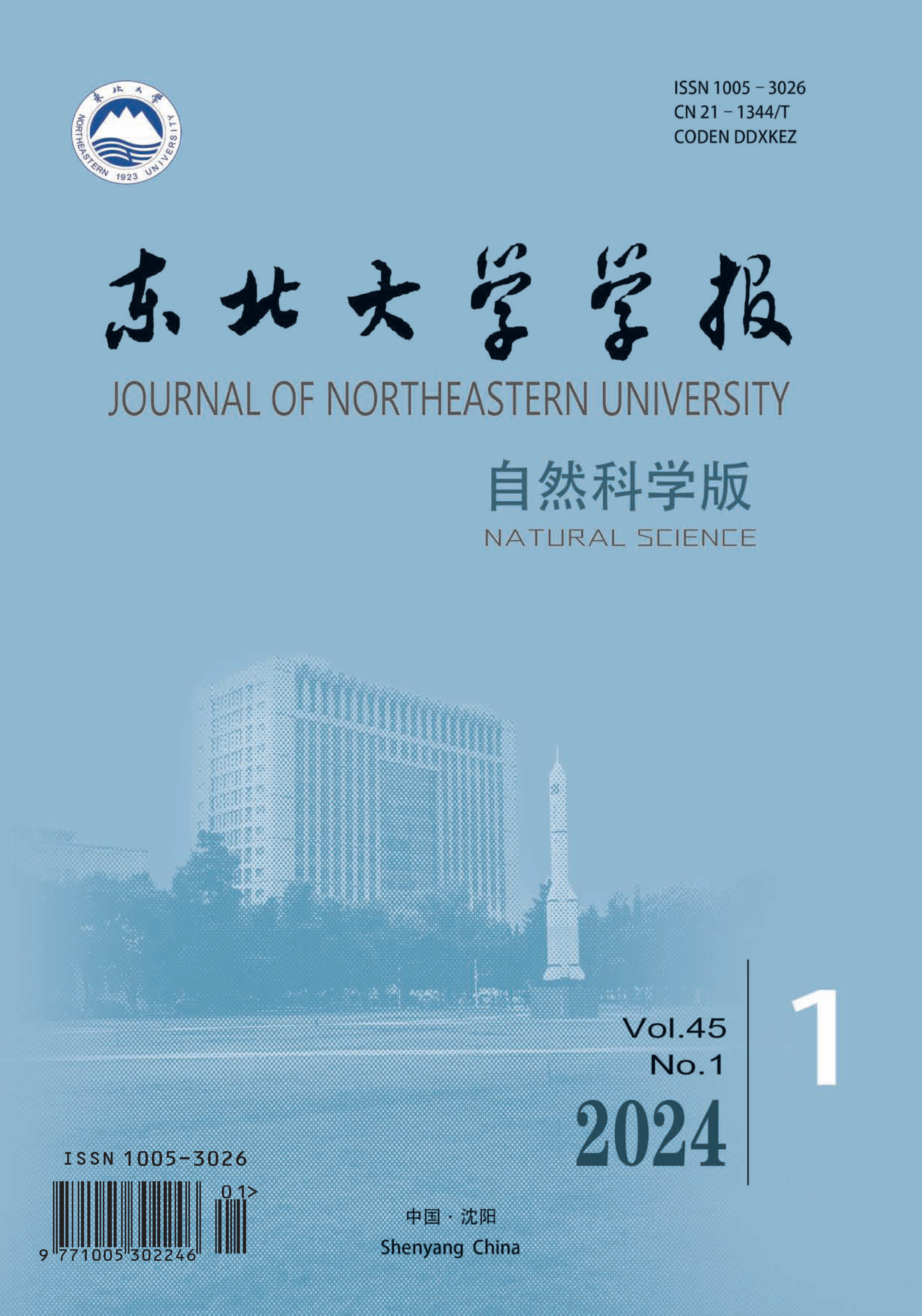In order to study the thermal error modeling method of the transmission system meta-action in numerical control turntable. Firstly, the meta-action theory and the temperature field model assumptions and boundary condition of finite element simulation are introduced. Then, the mechanism of the friction temperature field simulation and the parameter calculation method of the ANSYS simulation are analyzed the rotation meta-action is numerically simulated from the two aspects of steady state and transient state, and the temperature rising curve of key meta-action is given. The temperature distribution and temperature rising and thermal deformation are obtained by coupling the temperature field and deformation field of meta-action transient state, steady state and thermal-structure. The thermal error model of the transmission system is obtained by the theoretical calculation and finite element analysis of thermal deformation.

